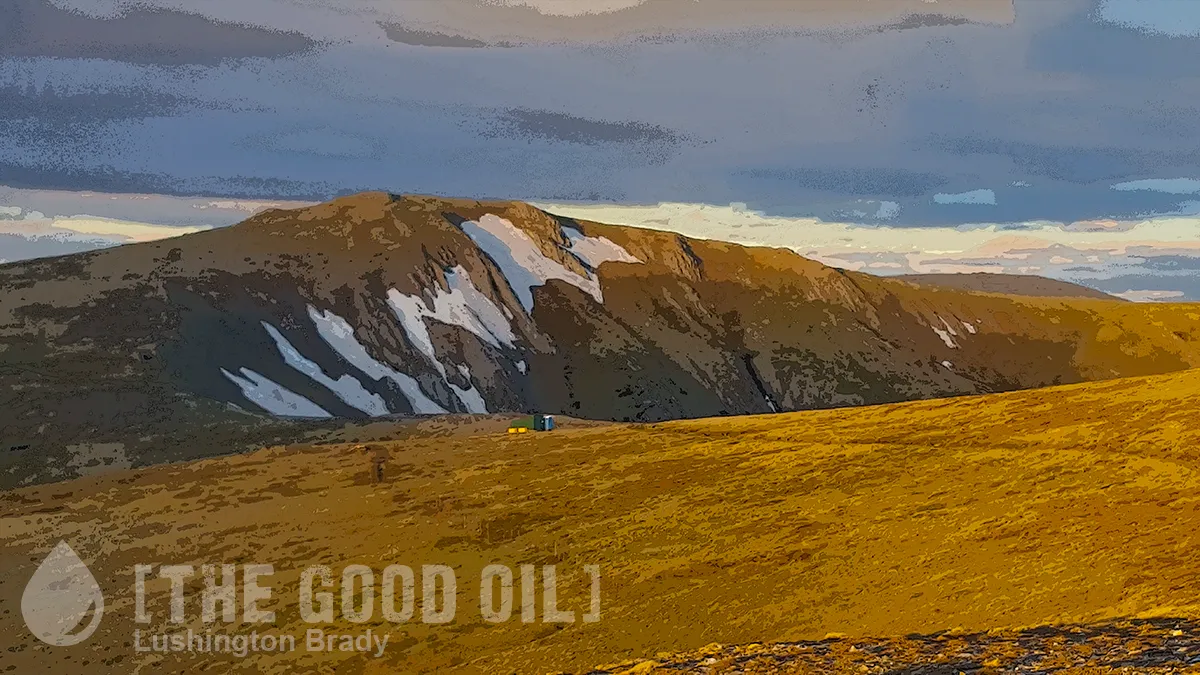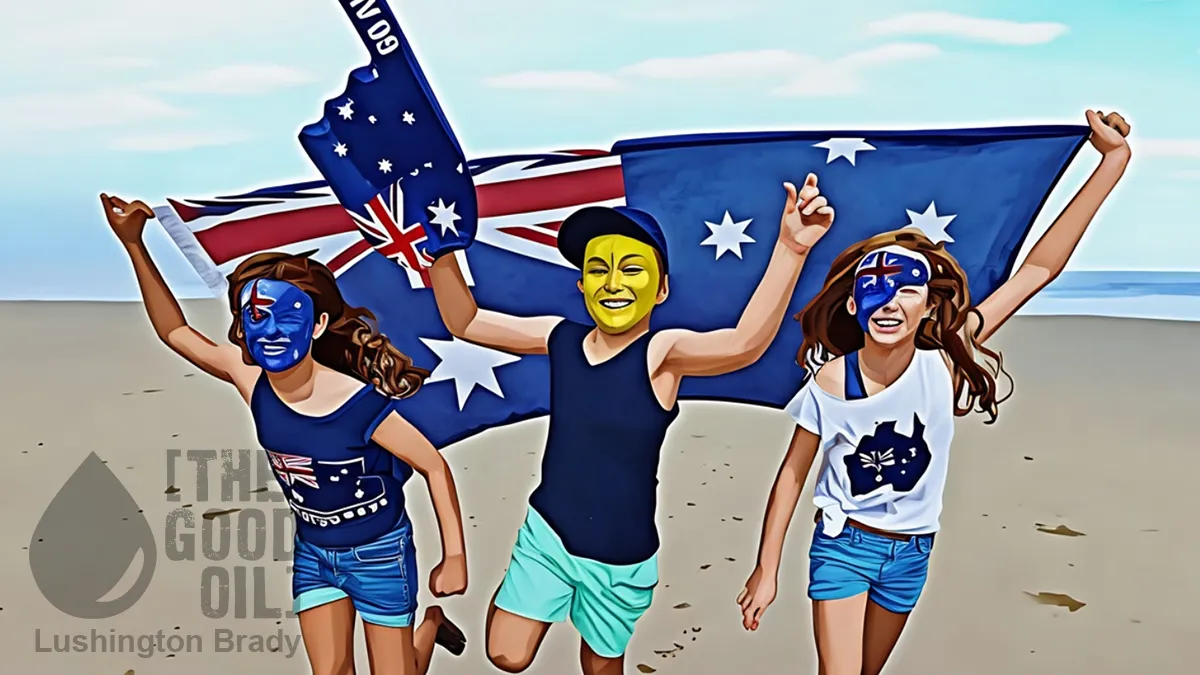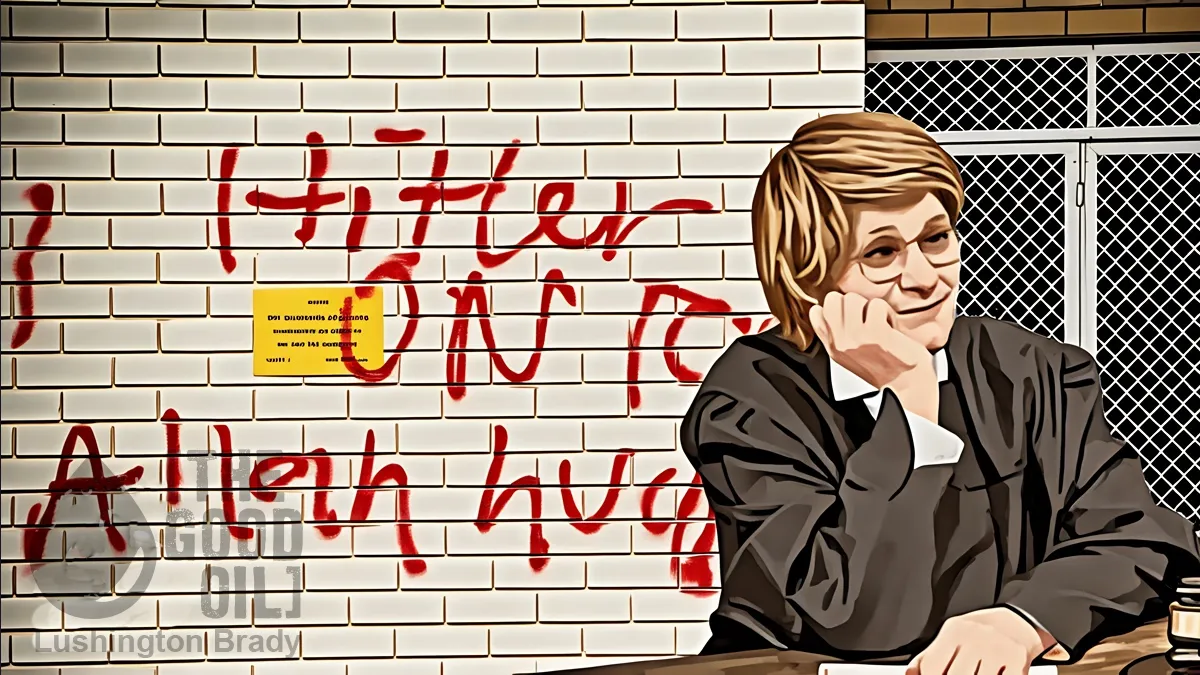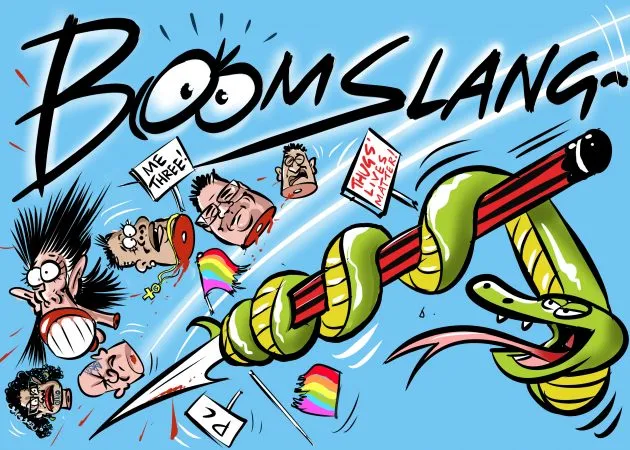The Great Awokening is just another good, old, communist cultural revolution, only with slightly less cannibalism. But, like Mao’s Red Guards, the new red guards are intent on destroying the ‘olds’ – so long as they’re white, Western olds. If they’re stone-aged in blackface, though, there’s no amount of primitive oogabooga nonsense the revolutionaries won’t dutifully worship.
Hence their utter determination to re-write the maps. So-called ‘indigenous place names’ are the sudden big thing. Like the Party of 1984, ‘statues, inscriptions, memorial stones, the names of streets’ are systematically erased and re-named.
Now they’re coming for Mt Kosciuszko.
Australia's highest mountain could be the latest famous national landmark to change from a European to an Aboriginal name, if the Ngarigo people of the Snowy Mountains of NSW get their way.
Oh, ffs. We’ve only just all learned how to pronounce it properly. Turns out, instead of the ‘kozzie-osko’ we all grew up saying, the proper Polish pronunciation is ‘kozyooshko’. Just don’t ask us how to spell it.
(As a Polish friend of mine once said, he’d say his name to telephone operators, and they’d always ask if he could spell it. ‘Yes,’ he’d reply. On the other hand, he was quite surprised when I pronounced it properly, first go.)
But who was Kosciuszko, and does his name deserve to stay? That question is answered by Australian author Anthony Sharwood in his new book Kosciuszko: The incredible life of the man behind the mountain.
“Kosciuszko was a skilful military engineer who fought in America’s Revolutionary War and led an uprising against the Russians in his native Poland,” Mr Sharwood told Daily Mail Australia.
“But he was more than just a soldier. Everyone loved Kosciuszko because he was a humanist who tried to free the enslaved in America and end serfdom in Poland.
“George Washington was his biggest fan. Thomas Jefferson called him 'the purest son of liberty’. Tsar Paul of Russia loved Kosciuszko so much that he freed him from a Russian prison even though he had led a revolution against his mother Catherine the Great.
“Kosciuszko remains morally unimpeachable. Nobody has ‘cancelled’ him and it’s likely they never will,” Mr Sharwood added.
Oh, you haven’t reckoned with the red guards of Wokeism, my boy.
Australia’s highest peak was named Mt Kosciuszko in 1840 by the Polish explorer Strzelecki, who was the first European to ascend it with the help of two Aboriginal guides.
Now the Aboriginal people want the name of their mountain back.
‘Their’ mountain? Last I looked, it belonged to the Crown. Winners are grinners.
Still, there’s some entertainment in watching the Ungas fighting the Bungas over naming rights.
“I don’t know what the right name for Kosciuszko is right now, but I think between us all, we’ll work it out,” Ngarigo woman Cheryl Davison said in the book.
You might have to settle this one with spears at 20 paces. Just like the good old days.
Different groups have different names for the mountain, and even the Ngarigo themselves have several different names.
One Ngarigo clan favours the name “Kunama Namadgi” which roughly translates as “Snow Mountain”.
But to another clan, that means “Shit Mountain”.
Then there’s the slight problem that a pre-literate culture without maps can’t even agree on which mountain they’re talking about.
Another favoured name is Tar Gan Gil, although some believe that was the original name of Mt Townsend, Australia’s second-highest peak, just four kilometres from Mt Kosciuszko and only 19 metres lower.
“Whatever the future name of the mountain, one thing is clear,” Mr Sharwood said.
'Though he lived more than 200 years ago, there are countless historical documents that tell us that Kosciuszko was this really chirpy, good-natured fella who hated arguments.”
How about we just stick with kozzie-osko, or kozyooshko, whichever way you pronounce it. After all, if ‘Reservore’ and ‘Reservwah’ people can co-exist in the same suburb, we can all agree to mispronounce Kosciuszko.









